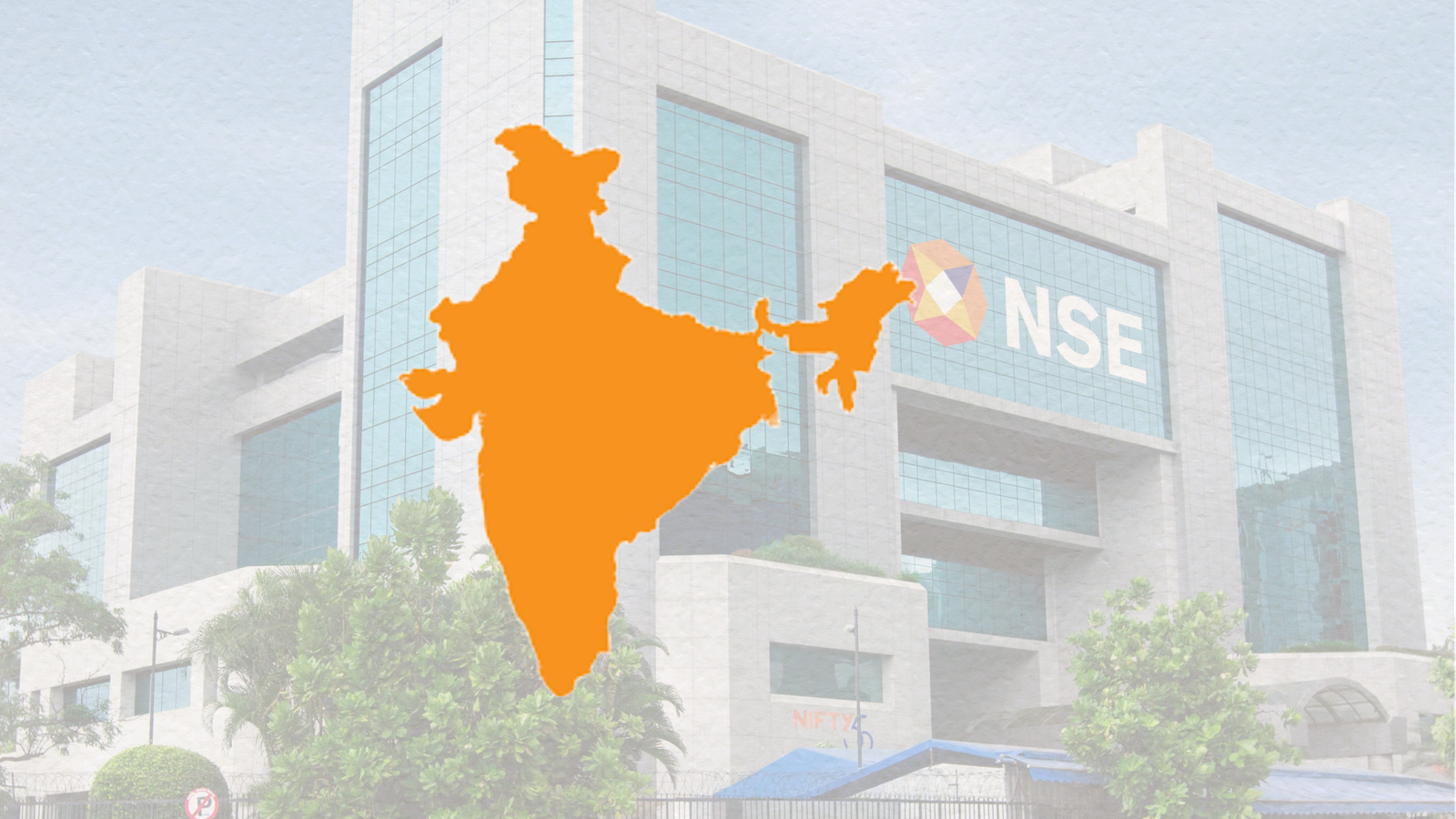India won independence from the British on 15 Aug 1947 and India was divided into the following categories. So let’s look at the List of the Indian States and Union Territories in 1947 – 1956.
British Provinces ( Category A States )
British Provinces were that area, which was directly controlled by British India. After the Indian Rebellion of 1857, the East India Company transferred power to the Crown. It was known as British Raj ( 1857 – 1947 ). It was Administered by an elected governor and state legislature.
British Province is made up of 9 states. Assam, Bombay, Bihar, East Punjab, Madhya Pradesh, Madras, Odisha, Uttar Pradesh and West Bengal.
Princely Or Small states ( Category B States )
Princely states are also known as native rulers. Such states were working under a direct treaty relationship with British India. These states are administered by Rajpramukh ( former Princes )
In this category, there were 9 states. Hyderabad, Jammu and Kashmir, Madhya Bharat, Mysore, Patiala, East Punjab States Union, Rajasthan, Saurashtra, Travancore-Cochin, and Vindhya Pradesh.
British Provinces and Princely States ( Category C States )
This category included some provinces and princely states, which were governed by a Chief Commissioner who was appointed by the President Of India.
In this category, there were 10 states Ajmer, Coorg, Cooch-Behar, Bhopal, Bilaspur, Delhi, Himachal Pradesh, Kutch, Manipur, and Tripura.
Union Territory ( Category D States )
Only Andaman and Nicobar Island were in the Union Territory category which was governed by the Lieutenant Governor appointed by the Union Government
Reorganisation of States and Union Territories Border
British designed the border of the Indian states according to their Political and strategic benefits. New India was known for the difficulties of this border. So the Govt prepared to reorganize the state for better administration and development purposes. But they were confused about what basis reorganization will execute.
Before the Independence Congress was ready to change state borders on a language basis but after Congress came into power some of the leaders opposed it and raised the concern for national unity and security. Even today some states have issues with their borders. To resolve this issue On 17 June 1948 Dr Rajendra Prasad, President of the Constituent Assembly, formed the Linguistic Provinces Commission which is also known as the Dhar Committee to study the feasibility of organizing the state border on a language basis.
Many leaders opposed the formation of the state on a language basis because they were concerned about people who did not belong to the language or area.
On 10 December 1948, the Dhar Committee submitted a report ( View Report ) and rejected the idea of the formation of a state on the basis of language. And the Committee recommended the following points
- Geographical contiguity
- Financial self-reliance.
- Ease of Administration.
- Potential Development.
But people were not ready to listen or understand the Dhar committee recommendation and demanded state on a language basis. It became a pride issue. So Congress set up a 3 member committee to deal with the situation. Now Jawaharlal Nehru, Vallabhbhai Patel, and Pattabhi Sitaramayya will study the recommendations of the Dhar Committee. After a few months of discussion, on 1 April 1949, the JVP Committee declared that the current time and situation were unsuitable to make a decision. But they do not reject the complete public demand for language basis state formation.
In 1952 one incident changed all equations, Amarajeevi Potti Sreeramulu lost his life in a hunger strike to protect the Telugu people and their culture in Madras Presidency. This incident triggered a law and order situation in the region. On 19 December 1952, Prime Minister Jawaharlal Nehru declared a separate Andhra state. On 1 October 1953, Andhra State was formed and Kurnool was declared the capital of the state.
After the Dhar committee rejected language basis state formation, Jawaharlal Nehru appointed a new States Reorganisation Commission in December 1954. SRC submitted its report on September 30, 1955. ( PDF )
The State Reorganisation Act was passed on 1 August 1956, ( PDF )and came into effect on 1 November 1956. The State Reorganisation Act of 1956 created the following Indian states and Union Territories.
Indian States in 1956
- Andhra Pradesh.
- Assam
- Bihar
- Bombay State
- Jammu and Kashmir
- Kerala
- Madhya Pradesh
- Madras State
- Mysore State
- Orissa
- Punjab
- Rajasthan
- Uttar Pradesh
- West Bengal
Union Territories
- Andaman and Nicobar Island
- Delhi
- Manipur
- Tripura
- Himachal Pradesh
- Laccadive, MiniCoy and AminDevi Island.


